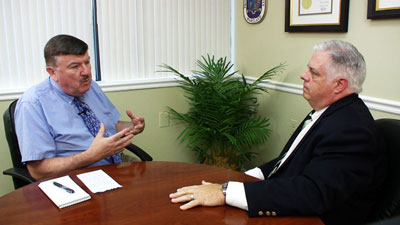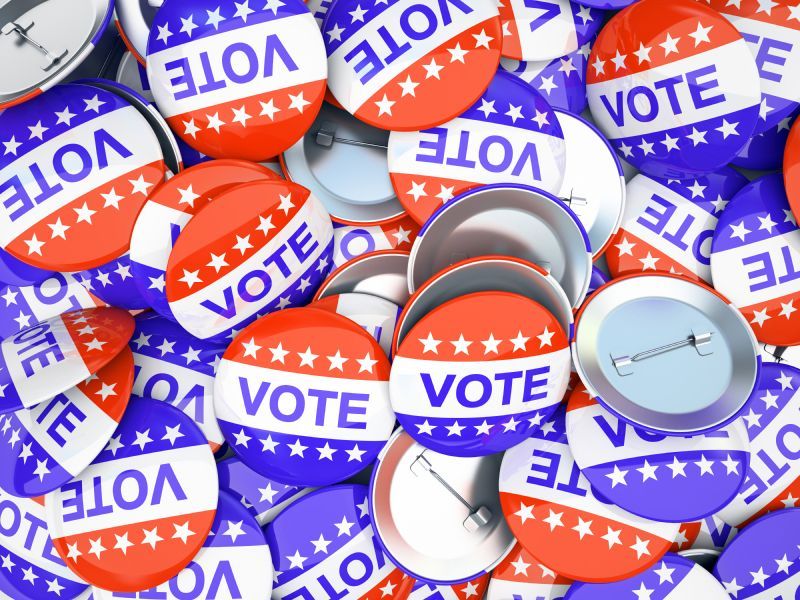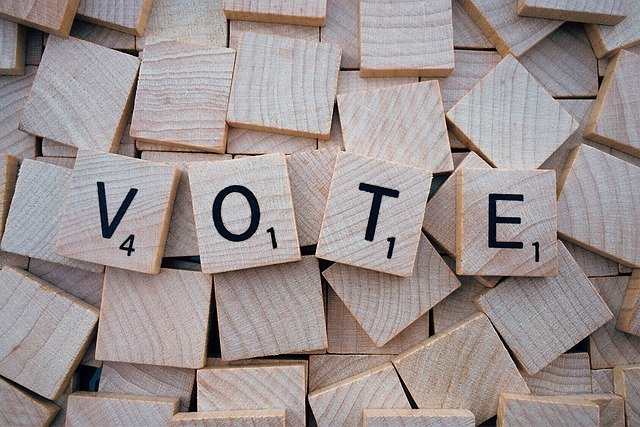Does Angela Alsobrooks help Democrats keep control of the United States Senate, or does Larry Hogan provide that seat which flips the Senate to the Republicans…this is the question enquiring minds want to know.
Among voters today in Maryland, 46% support Angela Alsobrooks, 41% favor Larry Hogan, 1% vote for someone else, and 11% are undecided. Here are the full results of the poll.
Statewide, 40% have a favorable opinion of Alsobrooks, compared to 7% who have an unfavorable opinion. Thirty-four percent do not yet recognize her name. Any pol would love to be 5 points up two months before an election, with one-third of the electorate being a total blank canvas upon which many pretty pictures can be engraved …keeping in mind, of course, there will be others intent on stamping unflattering images on the slate.
Two-term Governor Larry Hogan remains very popular with voters. Statewide, 50% have a favorable opinion, while 19% have an unfavorable opinion of him. Hogan is that one-off politician who’s viewed favorably by Democrats, Republicans, and independents. But he’s up against an opponent who is herself exceptionally popular within her party base. And in Maryland, a unified election day voice from registered Democrats is a very difficult dynamic to overcome.
Hogan captures 82% of the Republican vote, which is actually 2-points higher than Trump garners in this poll, and the former governor is ahead 40%-31% among unaffiliated voters. Among Democrats, Alsobrooks leads, 72%-21%, with 6% undecided.
For a Republican to win statewide in Maryland it always comes down to basic mathematics…can Hogan snatch away 30% of the Democratic vote to secure victory on Nov. 5?
[Editor’s note: An AARP poll released last week found Alsobrooks and Hogan tied at 46%.]
Methodology
This poll was conducted by Gonzales Research & Media Services, Inc. from August 24th through August 30th, 2024. A total of 820 registered voters in Maryland, who indicated they are likely to vote in the 2024 general election, were queried by live telephone interviews, utilizing both landline and cell phone numbers. A cross-section of interviews was conducted throughout the state, reflecting general election voting patterns.
The margin of error (MOE), per accepted statistical standards, is a range of plus or minus 3.5 percentage points. If the entire population was surveyed, there is a 95% probability that the true numbers would fall within this range







Recent Comments